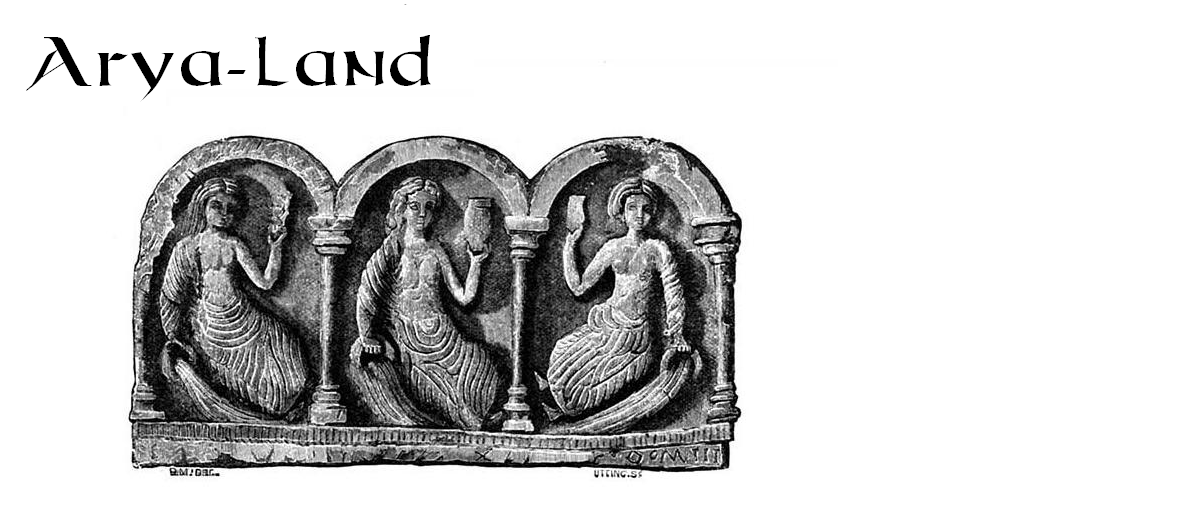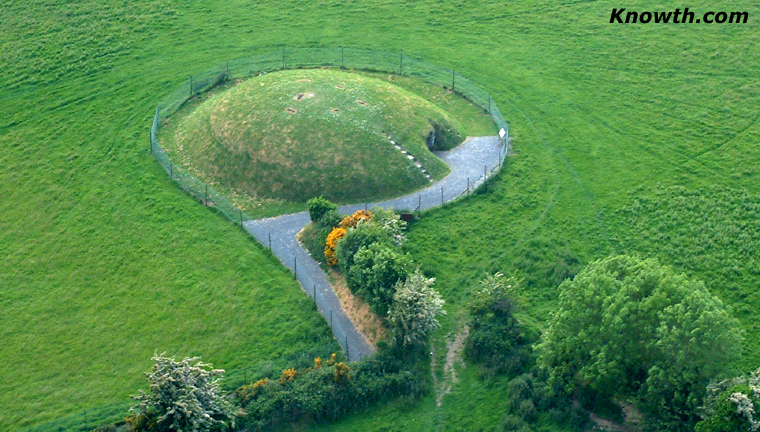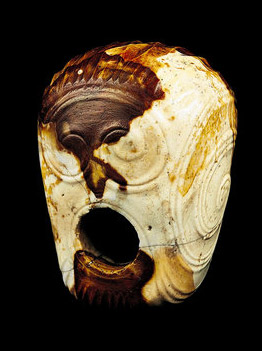Often when the combatants are ranged face to face, and swords are drawn and spears bristling, these men come between the armies and stay the battle, just as wild beasts are sometimes held spellbound. Thus even among the most savage barbarians anger yields to wisdom, and Mars is shamed before the Muses.
Diodorus Siculus Histories c.8 BCE
Click to read more....









